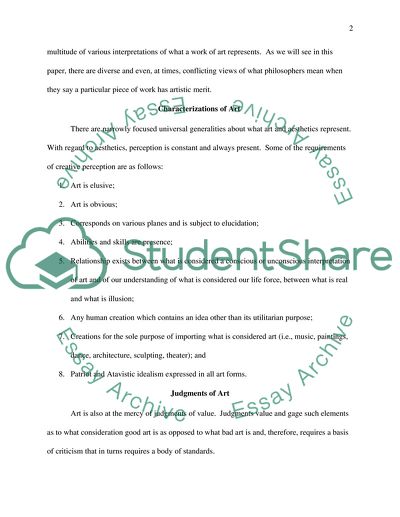Cite this document
(“Aesthetics Essay Example | Topics and Well Written Essays - 2500 words”, n.d.)
Aesthetics Essay Example | Topics and Well Written Essays - 2500 words. Retrieved from https://studentshare.org/culture/1535501-aesthetics
Aesthetics Essay Example | Topics and Well Written Essays - 2500 words. Retrieved from https://studentshare.org/culture/1535501-aesthetics
(Aesthetics Essay Example | Topics and Well Written Essays - 2500 Words)
Aesthetics Essay Example | Topics and Well Written Essays - 2500 Words. https://studentshare.org/culture/1535501-aesthetics.
Aesthetics Essay Example | Topics and Well Written Essays - 2500 Words. https://studentshare.org/culture/1535501-aesthetics.
“Aesthetics Essay Example | Topics and Well Written Essays - 2500 Words”, n.d. https://studentshare.org/culture/1535501-aesthetics.


